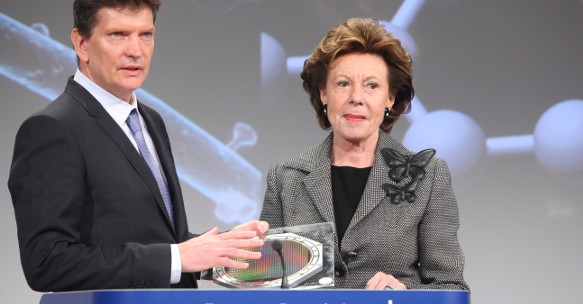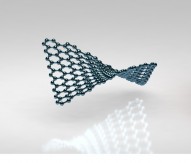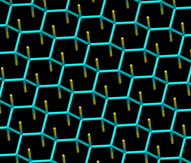
Thinking of the future
The Human Brain Project has been selected as a winner of the European Commission’s multi-billion euro competition of Future and Emerging Technologies (FET). Co-ordinated by Professor Henry Markram, it is designed to create a unified understanding of the brain that can span multiple levels of organisation, from genes to cognition and behaviour. The current lack of understanding is a huge obstacle for pharmaceutical companies trying to develop drugs for brain diseases and explains why neuroscience has yet to significantly impact ICT.
Rather than continue to research isolated aspects of the brain, the project proposes an alternative strategy: to identify data that must be measured experimentally and to predict the rest from what is already known. This requires a focused plan to integrate and exploit the massive volumes of data and knowledge we already have and the deluge of new data coming from labs all over the world. This will also, as the project’s website states, require the development of radically new supercomputing technologies.
Speaking to Pan European Networks at the FET announcement in Brussels, Professor Markram began by outlining the key priorities for the project.
We will now begin to work on making six ICT platforms available for collaborative research. The first of these will be a neuroinformatics platform, which, as an internet site, will aggregate data from around the world. We also want to build a brain simulation platform, where scientific members of the consortium can come together and collaboratively build, assimilate, analyse, and visualise brain models that will be run on supercomputers. This will mean that people will be able to log in from many parts of the world in order to work collaboratively.
The project will also include a platform for supercomputing, so that the computer science and neuroscience communities can get together and plan how to develop the software needed to run simulations, as well as on solutions as to how to optimise the simulations and to give people access to collaboratively develop the roadmap for exascale computing.
We will also develop neuromorphic computing facilities, and we are going to create a robotics facility in Munich, where it will be possible to take a brain model and plug it into a virtual agent, an avatar, acting in a virtual environment, and then to train it to develop some interesting behaviours. This will be a closed-loop environment, meaning that it is about looking at what behaviour translation there is from the brain’s activity.
A medical informatics platform will also be created, which will consist of a website where doctors will be able to add their data from a particular patient, which will then be blasted against a huge data set of information from other patients, resulting in various mathematical classifications and the possibility of personalised medicine.
These platforms are the first goals of the project: they are tools which, during the first 18 months of the project, we will make available to the whole consortium so that everybody can work on common ground. We think of this as a table where we will all be able to come together. Indeed, it is how CERN – the European Organization for Nuclear Research – first had to build a new instrument before they could properly begin their research. This is to be our new instrument, and will enable us to break new ground.
Nevertheless, this will only be the first version of the instrument, as it will continue to evolve, and, as it evolves, scientists will be invited to start using these tools, and, as it grows ever-more sophisticated, they will be able to ask deeper and more profound questions.
Personalised medicine
The project will certainly result in personalised medicine, so doctors will be able to add a patient’s data to the system and get an objective classification of a particular disease, for instance. This is a clear target.
We also hope to develop neuromorphic computing processes and systems. Indeed, we are already close to that goal even now, and these tools will get increasingly sophisticated. It may even reach a point where doctors and scientists may even have a neuromorphic processor on their laptop which will help them to make complex decisions solve particularly difficult problems that would normally require a supercomputer to solve. It would not replace, however, the current machines, but would act to complement and add intelligence to them.
We will also aim to develop interactive supercomputers, meaning that a virtual world can be entered via a website where incredibly detailed and interactive simulations can be run. The supercomputer, run remotely, would also make exascale power computing available to more communities, thereby allowing for the faster design of products and applications.
In addition, we are also working to develop tools for massive data analysis, for informatics, and new database technologies.
Society
Ultimately, from a basic science perspective, it will be extremely important that society as a whole participates in the project, so that we can learn about our brain and can learn how we can nurture the brain through nutrition and how to get the true potential out of the brain.
We are therefore aiming to establish a network of science museums where, in real-time, we can update content about the project, so that the public can go in and learn about the brain, its diseases and the technologies derived from the project.
The dissemination of information to the public in order to help them participate and learn about their brain and about what could go wrong in their brain (due to things such as taking drugs, for instance), is thus of fundamental importance, and as there will also be a chance to teach school children these things, this could have an enormous impact on society.




